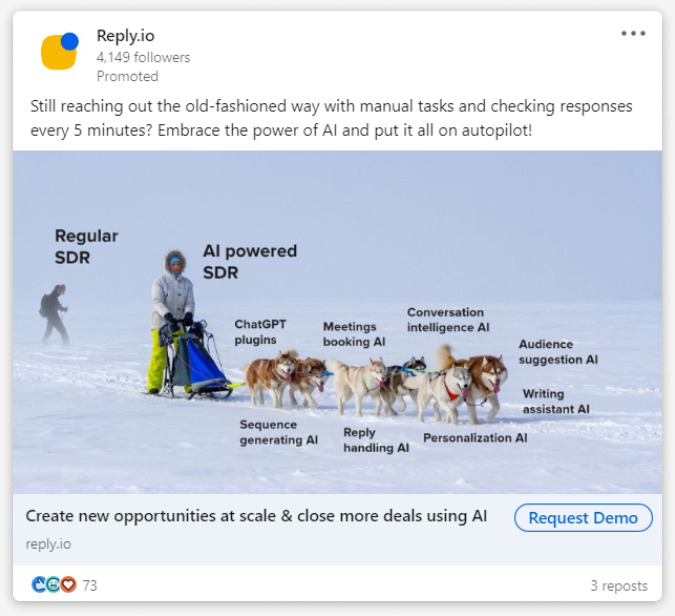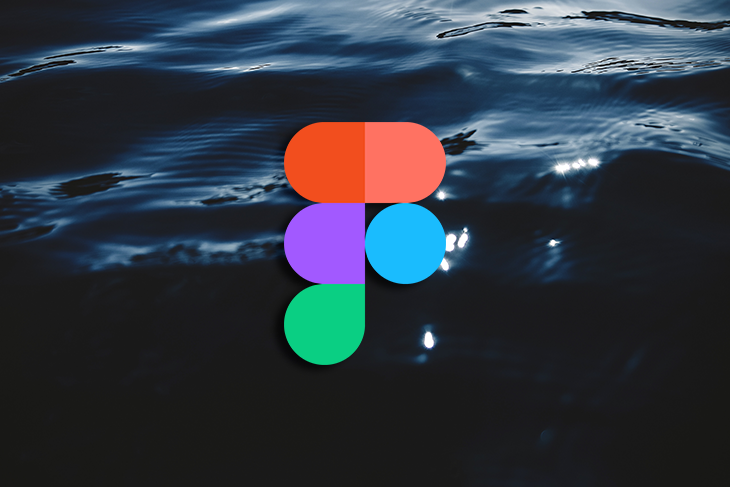IBM® Maximo® has been a leading enterprise asset management solution in the industry for four decades, helping customers streamline work processes with a centralized platform for managing tasks, inventory, regulatory compliance, and reporting capabilities. The next generation of IBM Maximo is the IBM Maximo Application Suite (MAS), which delivers a better user experience, faster integration, robust AI analytics, and a broad range of cloud deployment options. MAS provides organizations with a robust and modern asset management solution.
Red Hat® OpenShift®, the industry’s leading hybrid cloud application platform powered by Kubernetes, brings together tested and trusted services to reduce the friction of developing, modernizing, deploying, running, and managing applications. OpenShift delivers a consistent experience across public cloud, on premises, hybrid cloud, or edge architecture.
Azure is Microsoft’s public cloud platform, offering a large collection of services, including platform as a service (PaaS), infrastructure as a service (IaaS), and managed database service capabilities. Microsoft Azure Red Hat OpenShift (ARO) provides highly available, fully managed OpenShift clusters on demand, monitored and operated jointly by Microsoft and Red Hat. OpenShift brings added-value features to complement Kubernetes, making it a turnkey container PaaS with a significantly improved developer and operator experience.
Maximo customers will be required to move to MAS when Maximo 7.x reaches end of life. MAS has been containerized to run specifically on Red Hat OpenShift. To ease this transition for customers who are unfamiliar with running containers in production, IBM, Microsoft, and Red Hat have teamed up to provide a validated architecture for running MAS on Azure Red Hat OpenShift. This blog will walk through the recommended options for running MAS on Azure and describe how the IBM, Red Hat, and Microsoft Azure components come together and provide a solid foundation for running MAS. It will also explore the architectural decisions to consider, so organizations can choose the option that best fits their needs.
For each option, there are two components to keep in mind: the MAS application and the platform MAS runs on (Red Hat OpenShift or Microsoft Azure Red Hat OpenShift).
Option 1: Scripted installation process for MAS and OpenShift Container Platform (OCP). This process simplifies the overall installation process but limits customization options for MAS. The customer has complete control over the infrastructure but is responsible for monitoring and maintaining the OCP cluster.
Option 2a: Manual installation of MAS on a self-managed OpenShift cluster. This option allows for greater customization of MAS during the installation process. The customer has complete control over the infrastructure and is responsible for installing, monitoring, and maintaining the OCP cluster.
Option 2b: Manual installation of MAS on Microsoft ARO. This option allows for greater customization of MAS during the installation process. The underlying platform is Microsoft ARO, a managed version of OCP offered by Microsoft. Red Hat site reliability engineers (SREs) are responsible for monitoring and maintaining the OCP cluster. The customer has less control over the platform infrastructure compared to options 1 and 2a.
Each option has its advantages and limitations, and organizations should carefully consider their needs and requirements to make an informed decision. The blog provides detailed information on each option and guides organizations in choosing the best deployment option for their business objectives.
Overall, IBM, Red Hat, and Microsoft Azure provide a solid foundation for running MAS on Azure Red Hat OpenShift, offering organizations the flexibility, scalability, and support they need for successful asset management.
Source link























